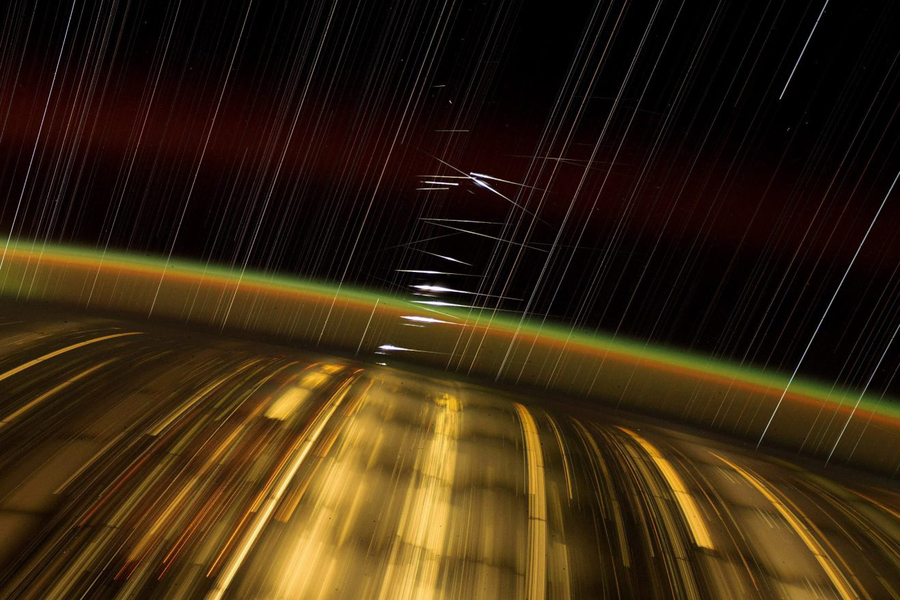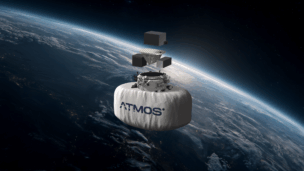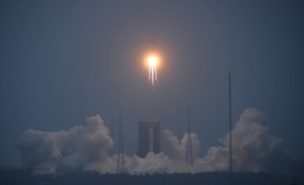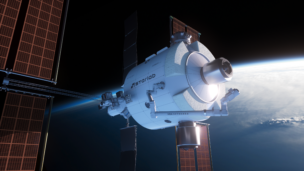Objects in orbit stay there for a long time, and we keep putting more up there. Now, researchers say that despite efforts by satellite operators to limit collisions, popular orbits are too crowded for long-term stability.
Kessler Syndrome: Donald Kessler first brought up the potential consequences of overcrowded orbits in a 1978 paper that identified the risk of a runaway space debris cascade: Objects in orbit breaking up into pieces that collide with other objects, creating new debris that repeats the process until chaos makes that real estate in space unusable.
In 2001, Kessler and a collaborator found that orbits between 600 km and 1000 km were already unstable, with some regions above the runaway threshold.
Now look what you’ve done: Kessler and Hugh Lewis, a professor at the University of Southampton, have now updated the analysis to account for the significant increase in objects in orbit and new data about how spacecraft break up, gained from real-world incidents and experiments.
Their paper from the 9th European Conference on Space Debris in April found the number of objects in orbit between 800 km and 1,000 km are above the runaway threshold, and objects in the region between 600 km and 1,000 km is above the unstable threshold. Without a response, the technology required to avoid collisions in those orbits could make them too expensive for satellite operators to use.
What it means: “If you’re a satellite operator, and we go over the runaway threshold, it’s probably not going to [be] ‘All of a sudden you can no longer operate safely,’” Lewis told Payload. ”What you see is just a growing increase in the debris population, and in particular the population that you have to maneuver for or would cause you catastrophic damage.”
Move, get out the way: One thing missing from their model is maneuvering spacecraft; SpaceX’s Starlink satellites, for example, reported making 100,000 maneuvers to avoid potential conjunctions in 2024. While those may have protected satellites, Lewis says, the moves are based on imperfect information and also introduce more uncertainty into the orbital environment.
Problem opportunity: Lewis doesn’t fault operators like SpaceX, which he says goes above and beyond by choosing orbits where spacecraft are quickly pulled back into the atmosphere, maneuvering to avoid collisions with other satellites, and deconflicting with astronomers.
The fundamental issue, Lewis says, is that each new object in orbit increases risk. Even with all the best practices, humans keep putting more spacecraft in orbit—and the ability to actively remove debris from space is still years away. Meanwhile, operators have registered plans with the ITU to launch one million new spacecraft.
“We put in information about where the thresholds are being crossed, and where the new constellations have been proposed, right? And you can see the overlap,” Lewis said. “That is us academics waving a big, big red flag, to say we can’t just keep doing this with respect to the number of objects. … The only thing that you’re left with is to say, ‘No, you can’t launch your 100,000-satellite constellation.’”




